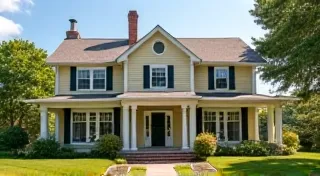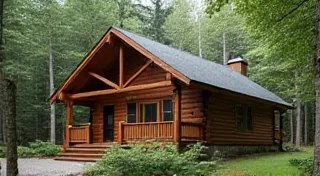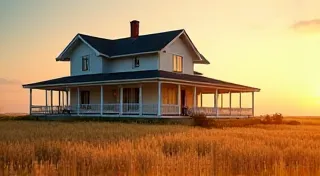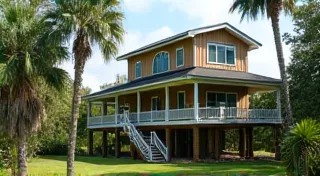Tennessee German Architecture: Log Cabins and Distinctive Traditions
The architectural legacy of Tennessee is a rich tapestry woven from the traditions of various immigrant groups. Among the most significant is the contribution of German settlers, primarily from Pennsylvania and the Shenandoah Valley, who migrated westward in the 18th and 19th centuries. Their impact on Tennessee's built environment, particularly in the Appalachian region and central Tennessee, is evident in the prevalence of log cabins and a distinctive approach to building techniques that reflected their European heritage adapted to the American frontier.
The Origins of Tennessee German Settlement
Beginning in the late 1700s, German immigrants seeking land and opportunity journeyed to what would become Tennessee. They brought with them building skills honed over generations, but also had to adapt those skills to the available materials and challenging terrain of the American frontier. The result was a unique architectural style that blended Germanic traditions with the practicalities of frontier life. While initially building similar structures to those found in their ancestral homes, environmental factors and the need for efficient construction led to distinct regional variations.
The Log Cabin: A Cornerstone of Tennessee German Architecture
The log cabin became the iconic symbol of this era and a defining characteristic of Tennessee German architecture. Built primarily of readily available timber, log cabins offered durable and affordable shelter. They were typically one-room structures, though later cabins might feature additions as families grew. The simplicity of the design reflected a focus on functionality and resourcefulness. While not unique to German settlers (log cabins were common across the frontier), the way they were constructed and the details incorporated often revealed the builders’ Germanic origins.
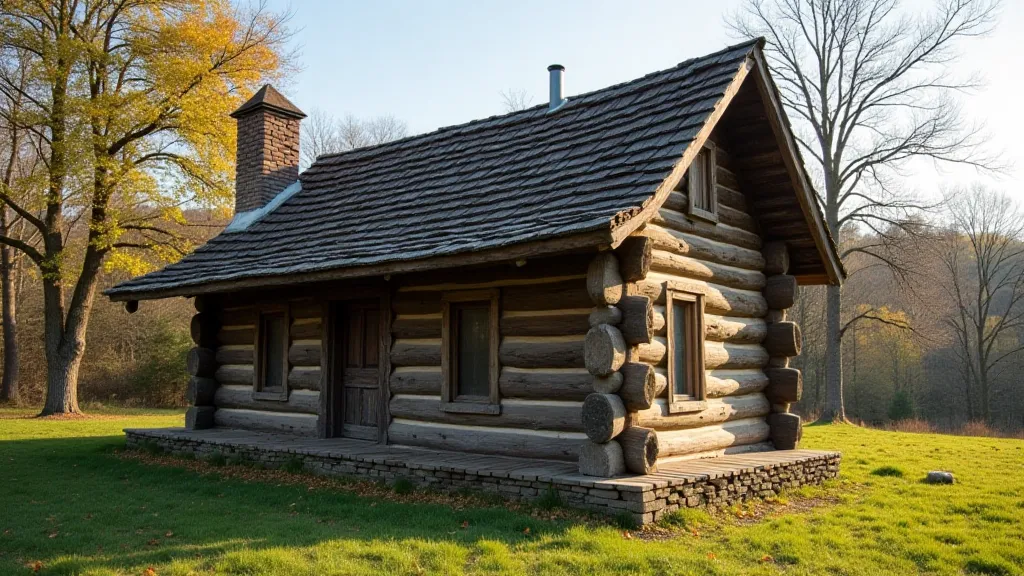
Saddlebag Log Construction: A Distinctive Feature
One of the most recognizable features of Tennessee German log cabins is the “saddlebag” or “double-pen” construction. This design involves two separate log pens (rooms) built side by side and connected by a covered passageway or a shared porch. The name "saddlebag" comes from the resemblance of the connected cabins to saddlebags on a horse. This offered expanded living space and improved ventilation. It also provided greater flexibility – a fire in one pen wouldn't necessarily destroy the entire house. This construction method is a clear indicator of Tennessee German influence.
Simple Designs and Practical Details
Tennessee German homes were generally characterized by their simplicity. Ornamentation was minimal, with a focus on practical construction. Windows were typically small and rectangular, often with shutters. Chimneys were often built outside the main cabin walls to minimize the risk of fire. The roofs were steeply pitched to shed rain and snow effectively. Interior layouts were straightforward, prioritizing functionality over elaborate design. While simple, the care and craftsmanship evident in the construction of these homes testify to the skill and dedication of the German builders.
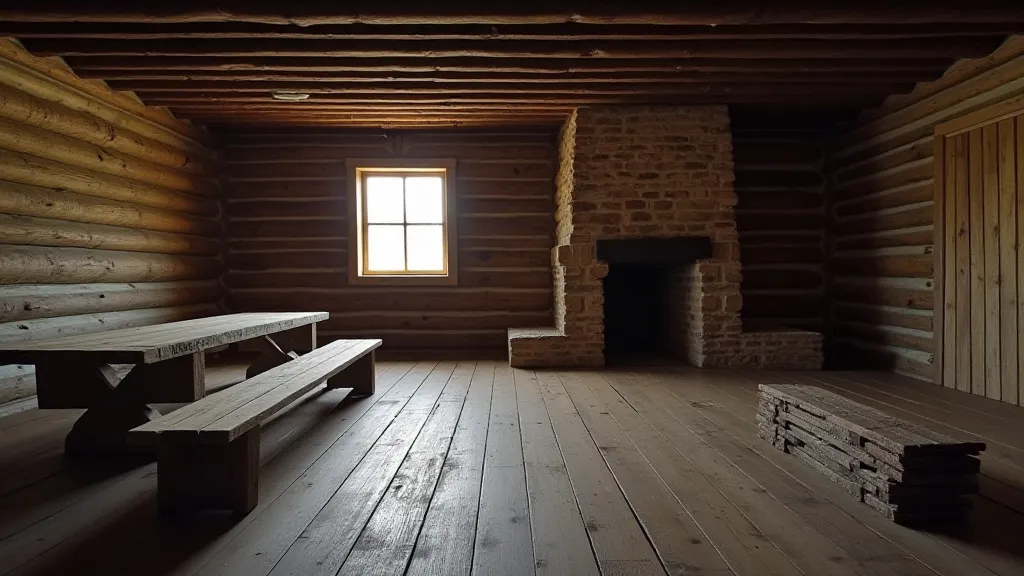
Evolution and Legacy
Over time, Tennessee German architecture evolved. As settlers became more established, log cabins were often improved with additions, frame construction, and more elaborate finishes. However, the underlying principles of simplicity, functionality, and resourcefulness remained. The influence of Tennessee German architecture can still be seen in many older homes and buildings throughout Tennessee, serving as a tangible reminder of the contribution of these early settlers. Preserving these structures allows us to connect with the past and appreciate the ingenuity and hard work of those who built them.
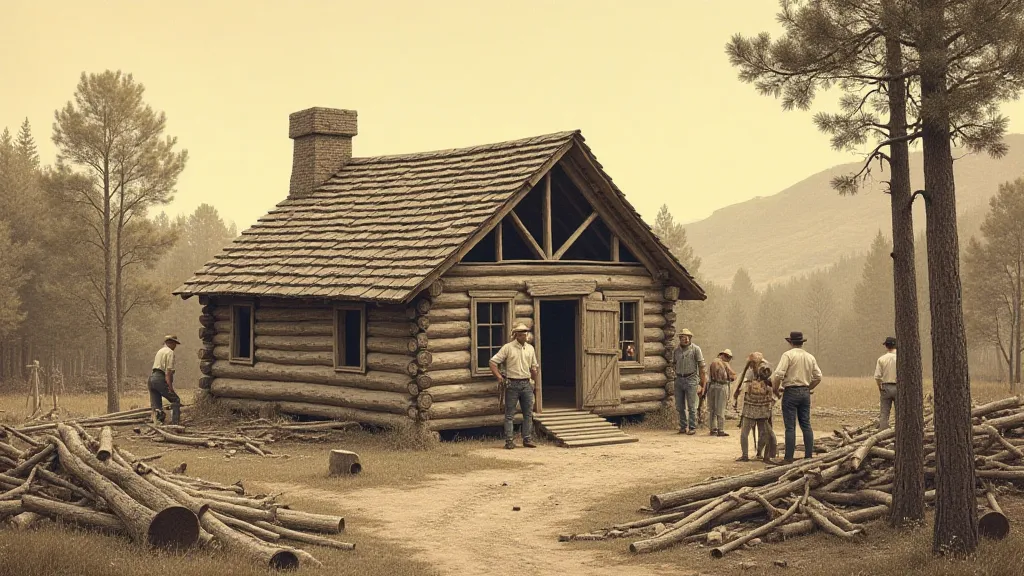
Preserving the Heritage
Efforts continue to preserve and interpret Tennessee German architecture. Museums and historic sites showcase examples of log cabins and other buildings, educating visitors about the cultural heritage of these early settlers. By understanding and appreciating the unique architectural legacy of Tennessee German settlers, we can gain a deeper understanding of the history and development of Tennessee.

